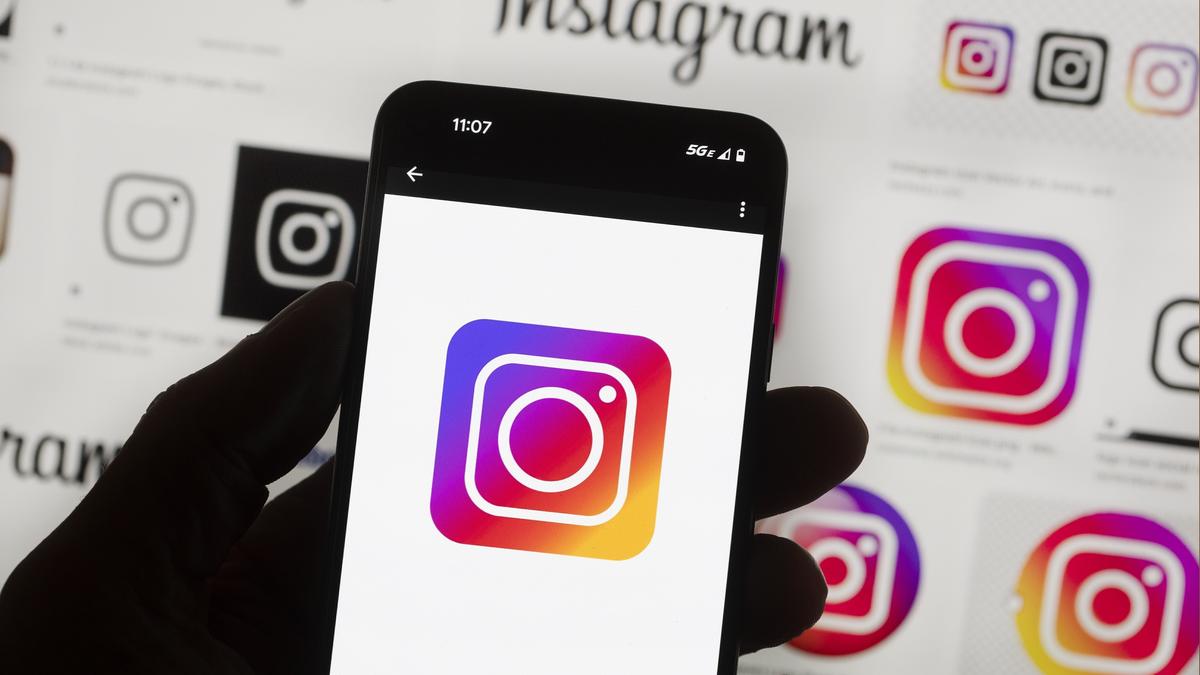Just when you thought your wallet was secure and that crispy ₹500 note was legit, the RBI comes in with a bombshell! According to their recent annual report, India is seeing a serious flood of fake currency notes again—especially ₹500 and ₹200 denominations. And we’re not just talking about a few forged bills here and there. We’re talking lakhs of counterfeit notes being caught every year. Add to that the rise in bank frauds, and we’ve got ourselves a financial battlefield, folks.
Let’s dive into this desi-style reality check and see what’s really happening with fake currency, bank scams, and how it’s impacting the economy—and possibly even your own pocket.
Fake Notes Rising Like Masala Steam
The issue of fake notes is not new for India. We’ve seen waves of it before, but now it’s making a comeback—and in full swing. As per RBI’s 2024-25 annual report, over 2.17 lakh fake currency notes were caught. You’d expect old ₹2000 notes to top the chart, but surprise! It’s our daily-use buddies—₹500 and ₹200 notes—that are now leading this scam parade. The ₹500 fakes jumped up by a whopping 37%, while ₹200 ones rose by around 14%. That’s not pocket change anymore, it’s a serious threat.
Interestingly, ₹2000 fake notes have dropped significantly—makes sense though, since the note has been phased out of circulation, so obviously fewer chances for fraudsters to clone them. But that hasn’t stopped them from targeting the smaller ones—the ones we use in sabzi mandis, Kirana stores, and petrol pumps.
read also: 70 Lakh Women Get Monthly ₹1000 Gift: Mahtari Vandana Yojana 2025 Brings Relief & Respect

Bank Frauds – The New Age Loot
Now, if fake notes weren’t enough to give you financial nightmares, wait till you hear what’s happening with our banks. The number of fraud cases has gone down slightly, but the amount of money involved has almost doubled. In 2024-25, bank frauds shot up to over ₹36,000 crore! That’s not a typo. From fake loans and ATM skimming to cyber scams and card frauds, the methods keep evolving, and it seems like the con artists are always one step ahead of the system.
Private banks are reporting more number of fraud cases, but the public sector banks are the ones facing heavier monetary losses. Cyber frauds have become super common with the boom in digital payments. From phishing links to fake payment apps, online chors (thieves) are out to get your money if you’re not careful.
How Do Fake Notes Hit Our Economy?
Think fake notes are just a personal inconvenience? Think again. These counterfeits slowly destroy the trust in our currency. They cause inflation, disturb money supply, and worst of all—they fund illegal activities like terrorism and organized crime. That seemingly innocent fake ₹500 note may be doing more damage than you can imagine. It’s like slow poison in the bloodstream of the Indian economy.
The GDP also takes a hit. Confidence in the currency weakens—both domestically and globally. Foreign investors hesitate, government expenses rise because more security and printing is needed, and ordinary citizens end up paying the price through rising costs and disturbed financial systems.
How to Tell if That Note in Your Wallet is Real or Fake?
RBI has introduced multiple advanced security features in Indian currency, especially in ₹500 and ₹200 notes. You’ve got watermarks, color-changing ink, micro-lettering, raised printing, hidden numbers, and even UV-visible ink. But let’s be honest—not everyone checks all this every time we get change at a tea stall, right?
That’s where awareness comes in. Government and RBI are running campaigns like ‘Jago Grahak Jago’ (Wake Up Consumers) urging people to check these features, especially for high-value denominations.
What is RBI and Government Doing About This?
Well, the fight against fake currency and fraud isn’t being ignored. RBI and the government have upped their game. More secure notes are being printed with high-tech features. Banks are now equipped with note-sorting machines that automatically detect fakes. Border surveillance has been tightened, especially on India-Nepal and Bangladesh routes, where such fake notes have often entered the system.
Also, awareness campaigns, stricter cyber laws, real-time payment verification systems, and central fraud registries are being put into action. Agencies like NIA are now handling fake currency cases too, which means the issue is being treated as a national security threat.
Still Not Safe – What Can You Do?
Here’s the thing—no matter how many security measures are in place, if we as citizens aren’t alert, the problem won’t go away. Always check your notes, especially the higher-value ones. Don’t blindly trust anyone when it comes to digital banking. Never share your OTPs or banking passwords. Stay away from suspicious links and unverified apps. And if something feels off, report it immediately—either to the bank or cybercrime helpline.
Why This All Matters for You and Me
Fake currency and bank frauds might sound like something that only affects the government or big companies, but they trickle down to every Indian’s daily life. Every time a fake note is accepted unknowingly, someone suffers a loss. Every bank scam damages the trust in digital banking. Every scam weakens the system we all rely on.
It’s a collective problem—and it needs a collective solution. The government, RBI, banks, and most importantly—us, the citizens—must work together, stay informed, stay alert, and help in keeping our wallets and economy safe.
Final Thoughts
So, next time you receive a ₹500 or ₹200 note, take a good look. That note might be more than just a currency—it might be a clue. A clue to a bigger issue, one that can hurt the nation silently.











